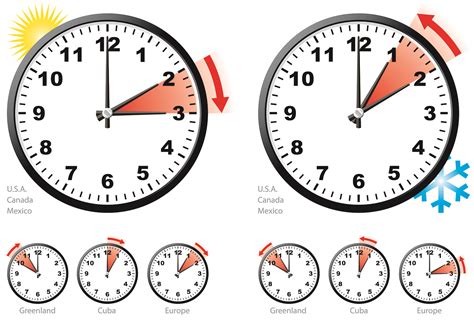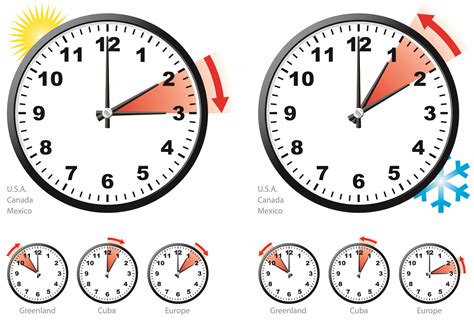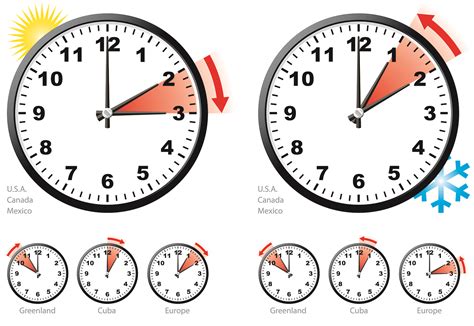Intro
As the clocks strike 2 a.m. on a seemingly ordinary Sunday morning, millions of people around the world are simultaneously losing one precious hour of sleep. This phenomenon is not a global conspiracy to deprive us of rest, but rather the bi-annual ritual of Daylight Saving Time (DST). But have you ever wondered why we observe DST, how it affects our lives, and what its benefits and drawbacks are?
The concept of DST has been around for centuries, but its widespread adoption is a relatively recent development. The idea is simple: by moving the clock forward by one hour in the spring, we can make better use of natural daylight during our waking hours, reducing the need for artificial lighting and thus saving energy. But is it really that simple?

History of Daylight Saving Time
The concept of DST was first proposed by Benjamin Franklin in 1784, but it did not become widely adopted until World War I, when many countries implemented DST as a way to conserve energy for the war effort. Germany and Austria were among the first countries to implement DST, on April 30, 1916. Other countries, including the United States, soon followed suit.
After the war, some countries kept DST, while others dropped it. During World War II, DST was reinstated in many countries as a way to conserve energy again. The Uniform Time Act of 1966 standardized DST across the United States, mandating that clocks be set forward by one hour on the last Sunday in April and back by one hour on the last Sunday in October.
How Daylight Saving Time Works
So, how exactly does DST work? On the second Sunday in March, clocks "spring forward" by one hour, moving from Standard Time to Daylight Saving Time. This means that people lose one hour of sleep as the clocks jump forward. In the fall, on the first Sunday in November, clocks "fall back" by one hour, returning to Standard Time.
The time change is not uniform across the world, however. Some countries near the equator, such as Ecuador and Gabon, do not observe DST at all, as the amount of daylight throughout the year remains relatively consistent. Other countries, like Australia and many European nations, observe DST but with different start and end dates.
Benefits of Daylight Saving Time
So, what are the benefits of DST? Proponents argue that it:
- Saves energy: By making better use of natural daylight, we can reduce our energy consumption, which in turn reduces greenhouse gas emissions and helps combat climate change.
- Boosts economy: DST is believed to increase outdoor activities and sports, which can boost local economies.
- Improves health: With more daylight in the evening, people are more likely to engage in physical activities and spend more time outdoors, which can improve overall health and well-being.
- Enhances safety: The additional evening daylight is believed to reduce crime rates, as there are more people out and about during daylight hours.

Drawbacks of Daylight Saving Time
However, not everyone agrees that DST is beneficial. Some of the drawbacks include:
- Disruption to sleep patterns: The time change can disrupt our natural sleep patterns, leading to fatigue, decreased productivity, and negative impacts on health.
- Confusion and inconvenience: The time change can cause confusion, particularly for people who travel or conduct business across time zones.
- Health problems: Some people may experience health problems, such as seasonal affective disorder, due to the time change.
- Questionable energy savings: Some studies have shown that the energy-saving benefits of DST are not as significant as previously thought.
Who Benefits from Daylight Saving Time?
While some people may enjoy the longer evenings and outdoor activities that DST provides, others may not be as fortunate. For example:
- People who work non-traditional hours, such as night shifts or early morning shifts, may find that their schedules are disrupted by the time change.
- Parents of young children may struggle to adjust their kids' sleep schedules to the new time.
- People who live in northern latitudes, where the days are already long in the summer, may not notice a significant difference in daylight hours.

Alternatives to Daylight Saving Time
In recent years, some countries and states have explored alternatives to DST. For example:
- Some countries, like Japan and India, have opted out of DST altogether.
- Some states, like Arizona and Hawaii, do not observe DST.
- Some countries, like Russia, have experimented with permanent DST, where clocks remain set forward year-round.
What Can You Do to Adjust to Daylight Saving Time?
While the time change can be challenging, there are steps you can take to adjust:
- Gradually adjust your sleep schedule in the days leading up to the time change.
- Stay active and engaged in outdoor activities to make the most of the longer evenings.
- Be patient and allow your body to adjust to the new time.

Conclusion: The Future of Daylight Saving Time
As the world becomes increasingly interconnected, the debate around DST continues. While some argue that it is a necessary measure to conserve energy and promote economic growth, others believe that the drawbacks outweigh the benefits.
As we move forward, it is essential to consider the impact of DST on our daily lives, our health, and our environment. By understanding the history, benefits, and drawbacks of DST, we can make informed decisions about its future and work towards creating a more sustainable and equitable world.
What is Daylight Saving Time?
+Daylight Saving Time (DST) is the practice of temporarily advancing clocks during the summer months by one hour so that people can make the most of the sunlight during their waking hours.
Why do we observe Daylight Saving Time?
+We observe DST to make better use of natural daylight during our waking hours, which is believed to conserve energy, promote economic growth, and improve overall health and well-being.
Who benefits from Daylight Saving Time?
+While some people may enjoy the longer evenings and outdoor activities that DST provides, others may not be as fortunate. People who work non-traditional hours, parents of young children, and people who live in northern latitudes may not notice a significant difference in daylight hours.
How can I adjust to Daylight Saving Time?
+You can adjust to DST by gradually adjusting your sleep schedule in the days leading up to the time change, staying active and engaged in outdoor activities, and being patient and allowing your body to adjust to the new time.
